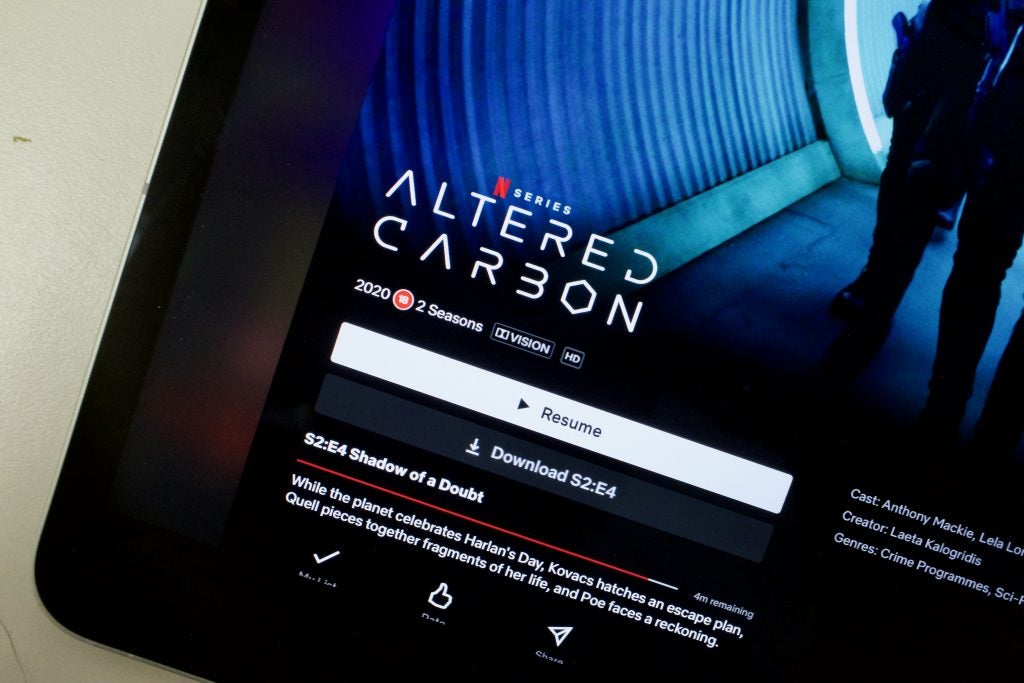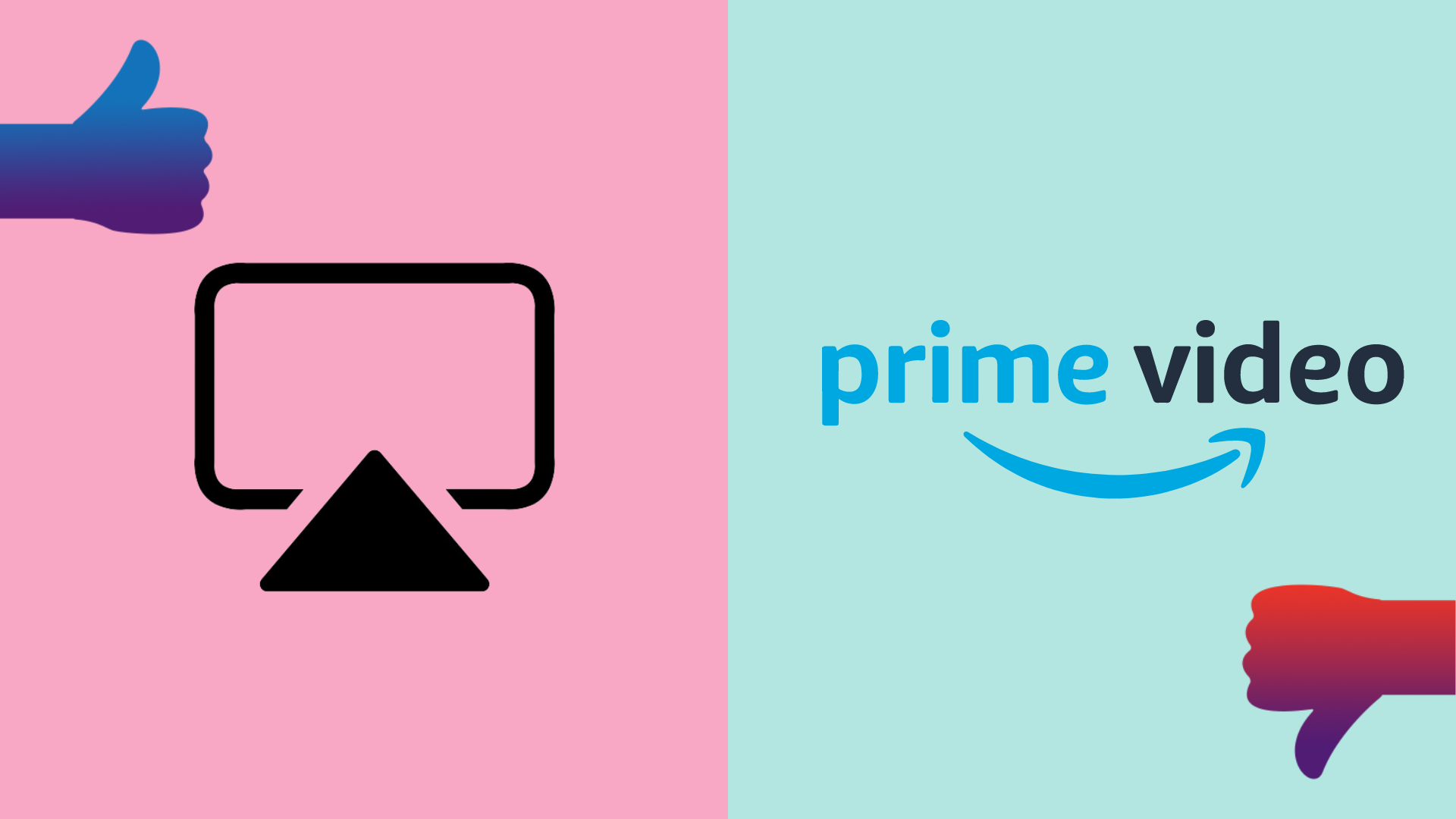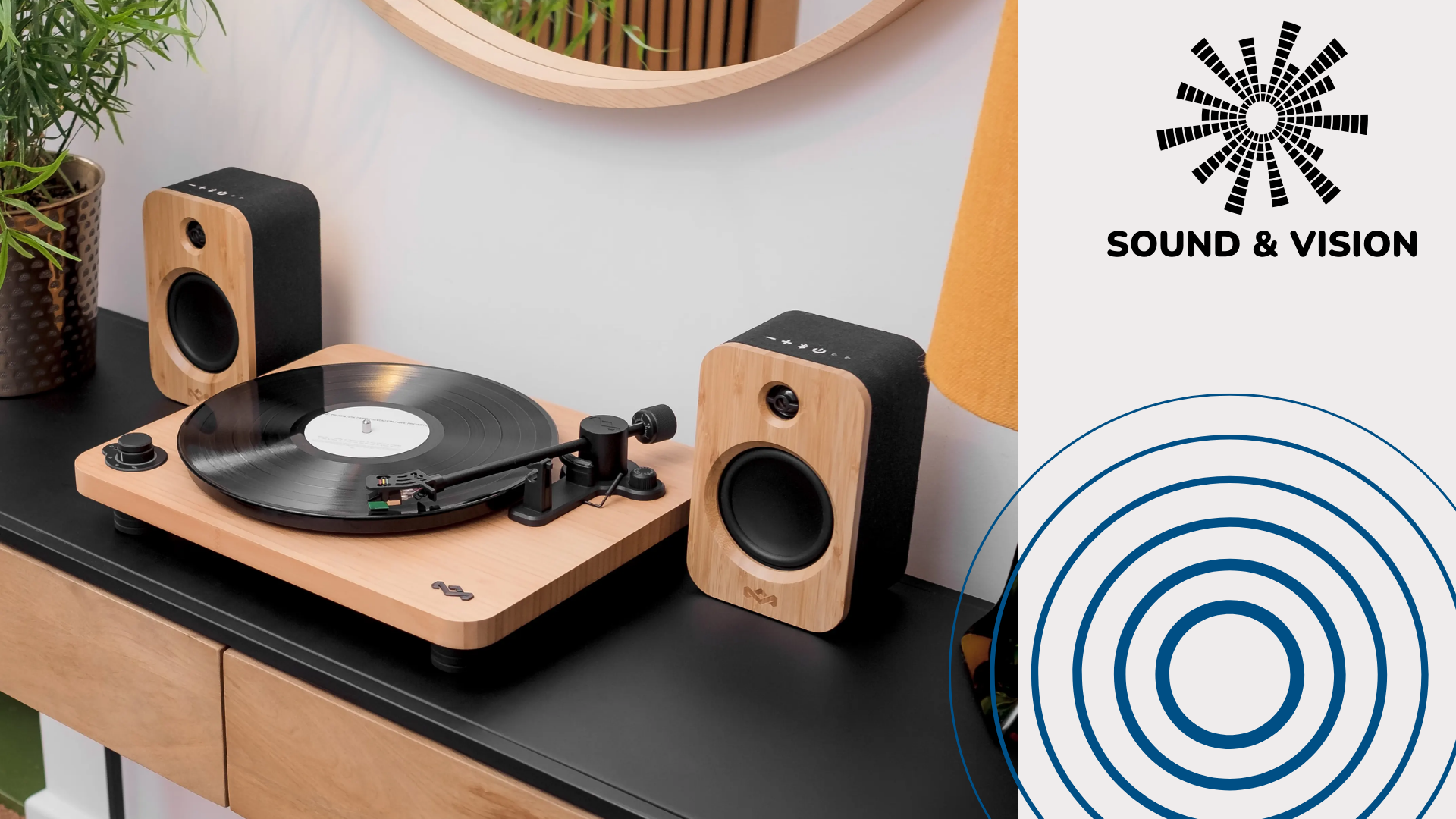Sound and Vision: Google’s attempt at disrupting Dolby will lead to more confusion

OPINION: A report emerged that Google is in the midst of plotting a format war against Dolby to shake-up the HDR and immersive audio category, and news of it left me rather weary.
A leaked video presentation of the project, referred to internally in Google as Project Caviar, was apparently shown to hardware manufacturers earlier this year. Group project manager Roshan Baliga allegedly described the goal of the project as building a “healthier, broader ecosystem for premium media experiences.”
That’s a noble idea but also not one I entirely buy. Not to throw shade on Google themselves (although they’ll be some of that later), but this is broadly along the same lines every company trots out when aiming to disrupt a market leader – and for Google, a format war is not going to re-shape or reconfigure the landscape much at all.
This ‘format war’ is Google’s way of saying it won’t pay the license fee to Dolby for either of its Vision or Atmos technologies on their platforms, stopping them for gaining an insurmountable foothold in the market. They’d rather invest in creating what sounds like a competing 3D immersive audio format and utilize HDR10+ as part of this royalty free model that anyone can use. Given the widespread support for YouTube on various devices, Google could easily bring these technologies to a big audience.
But we’ve seen this before and it didn’t work with the success interested parties had hoped. DTS:X hasn’t really taken off, despite being more accessible and configurable than Dolby Atmos. Royalty free HDR10+ has been left behind by Dolby both in physical media and streaming.

Some streaming services support it but the likes of Netflix, Disney+ and Apple TV+ have put their weight behind Dolby. Even HDR10+ stalwart, Prime Video, launched Lord of the Rings: The Rings of Power in Dolby Vision HDR. One of Project Caviar’s potential problems is not being there from the inception of content being created, which is Dolby’s realm.
HDR10+ has advantages over Dolby Vision. I’ve been told its easier to use and less time intensive, and some TV manufacturers like it because it’s less prescriptive than Dolby Vision – it has more capacity to take in the differences between panel technologies whereas Dolby is more assertive in how the image should look.
But the majority films and TV shows are mastered in Dolby Vision – even if you’re watching a HD version there’s likely a 4K Dolby Vision file lurking on a server somewhere. Dolby Vision and Atmos are used in cinemas across the world, and they’ve established themselves as the picture and audio standards for the film industry. Whatever Project Caviar ends up being, it won’t carry as much influence as Dolby’s formats.
Another issue is Google’s record of introducing new technologies, which is poor. There’s a reason why there’s a website called the Google Graveyard and the Google Cemetery, littered with a long list of projects that came and were subsequently discarded. One recent example is Stadia, which aimed to disrupt the gaming market and now sees support/interest slowly ebbing away.
And then you have to reckon whether the consumer has the appetite or interest in another format war. Format wars are boring and mostly confusing – Wikipedia entries make them sound (slightly) more exciting than they ever were. From VHS to Betamax, Blu-ray to HD DVD and Dolby vs DTS, the winner hasn’t often been the best, but the one that offers the most convenience and widest compatibility. People want things that work and uncomplicated, compatibility issues be dammed.
Beyond YouTube and its creators will there be much interest in Project Caviar? Will streaming services switch or will all TV manufacturers embrace it? I think the jury is still out, but who knows, maybe Google’s pitch is a convincing one.
The last few years have seen Dolby extend its reach into the home market with podcasts and aspiring filmmakers creating content on their iPhones (in Dolby Vision), and that’s the area where I think Google is really looking to disrupt. It’s a battle they could win but in the long-term, the format war is one I’d say they’ve already lost.








